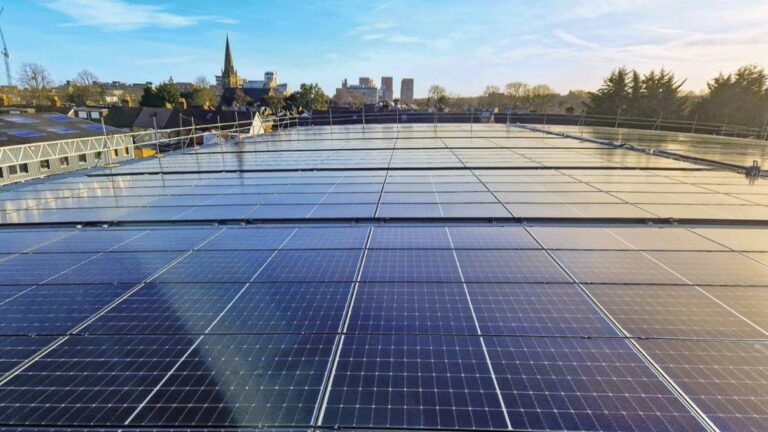A total of 2.1GW of new renewable generation capacity came online in the year to June 2024, representing a 3.9% increase on the previous year, according to data published by the Department of Energy Security and Net Zero (DESNZ ).
DESNZ’s report on UK energy trends for the second quarter of 2024 shows that UK renewable electricity generation reached a record share of the energy mix between April and June this year, up 19% on the same period last year, which amounts to 51.6 percent of the energy mix. % of total electricity generation. This was the third consecutive quarter in which the share of renewable energy in electricity increased, following an increase of 50.4% in the fourth quarter of 2023 and 51.1% in the first quarter of 2024.
Natural gas production fell by 18% and oil production by 9%, a record low. The share of fossil fuels in the electricity mix was only 26.6%. With the Britain’s last coal-fired power station will close on September 30total coal production had fallen by 84% compared to the second quarter of 2023.
Overall, electricity generation in Britain reached a record low of 63.4 TWh, down 4% on last year, with electricity generation from gas power falling 37% to a record low of 16 TWh, behind electricity generation from wind energy, which amounted to 17 TWh.
Although the volume of renewable electricity did not reach the highest point of 40 TWh in the fourth quarter of 2023, this was the highest second quarter ever at 33 TWh. This is largely attributed to favorable weather conditions; hydropower generation increased due to higher average rainfall, while solar PV generation decreased due to lower sunshine hours.
Since the second quarter of 2023, a total of 2.1 GW of new renewable generation capacity has come online, representing a 3.9% increase over the past year, of which approximately two-thirds was solar and one-third wind. This increase brings the UK’s total renewable energy capacity, according to government data from energy companies, to 57.5 GW.
During this period, the share of new capacity between different technologies has also shifted: in 2022, more than two-thirds of added capacity came from offshore wind, but in the first two quarters of 2024, solar represented more than 80% of added capacity, where the share of offshore wind energy amounts to only 6.3%.
Despite that increased solar capacity, solar power generation saw a 9.5% decline in electricity generation. This was because the average hours of sunshine were approximately 20% lower than last year.
For wind energy, onshore generation increased by 42% to 7.3 TWh, the highest recorded figure for this time of year, and offshore generation increased by 13% to 9.7 TWh.
The full version of this article was originally published on our sister site, Current±.


